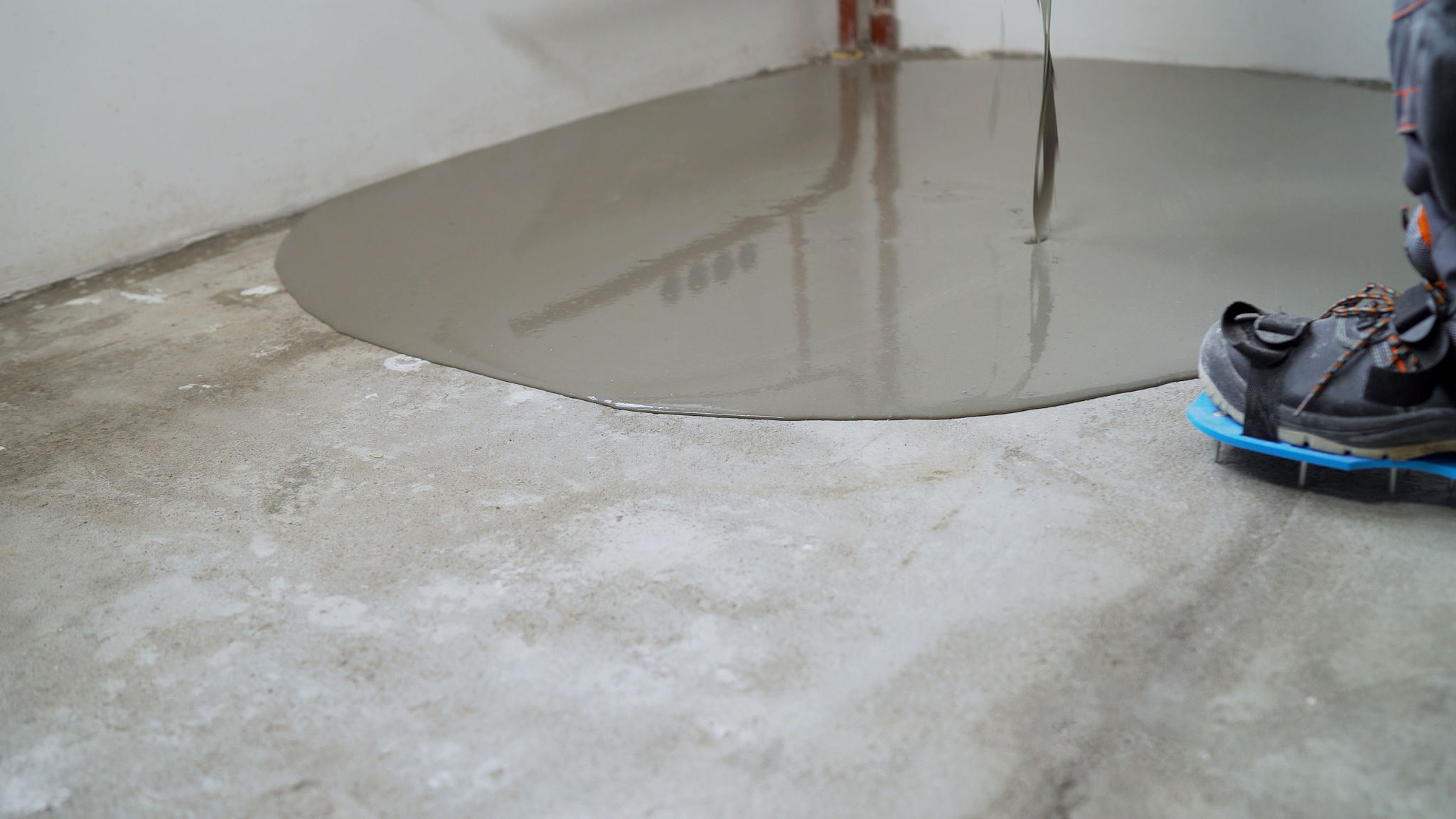Expert Tips for Concrete Overlay Success: Avoid Common Pitfalls
Understanding Concrete Overlays
Concrete overlays are a popular choice for revamping old surfaces, providing a fresh look and added durability. They are thin layers of cement-based material applied over existing concrete. These overlays can transform worn-out surfaces into aesthetically pleasing and functional spaces. However, achieving success with concrete overlays requires careful planning and execution. Avoiding common pitfalls can help ensure the longevity and beauty of the finished product.

Preparation is Key
One of the most critical steps in the overlay process is proper surface preparation. The existing concrete must be clean, free of debris, and structurally sound. Any cracks or imperfections should be repaired before applying the overlay. Failing to prepare the surface adequately can lead to poor adhesion and premature failure of the overlay.
Steps for Proper Preparation
- Clean Thoroughly: Remove all dirt, grease, and stains using a suitable concrete cleaner.
- Repair Imperfections: Use a patching compound to fill cracks and holes.
- Ensure a Rough Surface: Mechanically roughen the surface if necessary to improve adhesion.
Selecting the Right Products
Choosing the appropriate overlay material is crucial for achieving the desired results. There are various options available, including self-leveling overlays, microtoppings, and spray-down systems. Each type has specific applications and benefits. It's important to select a product that matches your project's needs and environmental conditions.

Factors to Consider When Choosing an Overlay
- Environmental Conditions: Consider the climate and exposure to elements.
- Desired Finish: Determine whether a smooth or textured finish is preferred.
- Application Method: Evaluate the ease of application and required tools.
The Importance of Timing
Timing plays a significant role in the success of a concrete overlay project. It's essential to monitor the weather conditions, as extreme temperatures and humidity levels can affect the curing process. Applying overlays during unsuitable weather can lead to poor adhesion and other issues.

Optimal Application Timing
For best results, aim to apply concrete overlays during mild weather conditions. Avoid extremely hot or cold days, as well as periods of high humidity or rain. Proper planning can prevent unnecessary delays and ensure optimal curing.
Following Manufacturer Instructions
The importance of following manufacturer guidelines cannot be overstated. Each product comes with specific instructions regarding mixing, application, and curing times. Adhering to these guidelines is essential for achieving a successful outcome and ensuring the longevity of the overlay.
Common Mistakes to Avoid
- Incorrect Mixing Ratios: Always measure components accurately to prevent weakening the mixture.
- Insufficient Mixing Time: Ensure thorough mixing to achieve uniform consistency.
- Ignoring Curing Times: Allow adequate time for curing based on manufacturer recommendations.
Conclusion
A successful concrete overlay project requires meticulous attention to detail at every stage, from preparation to application. By avoiding common pitfalls and following expert advice, you can achieve a durable and visually appealing finish that enhances your concrete surfaces for years to come.
